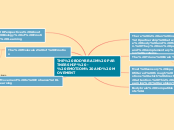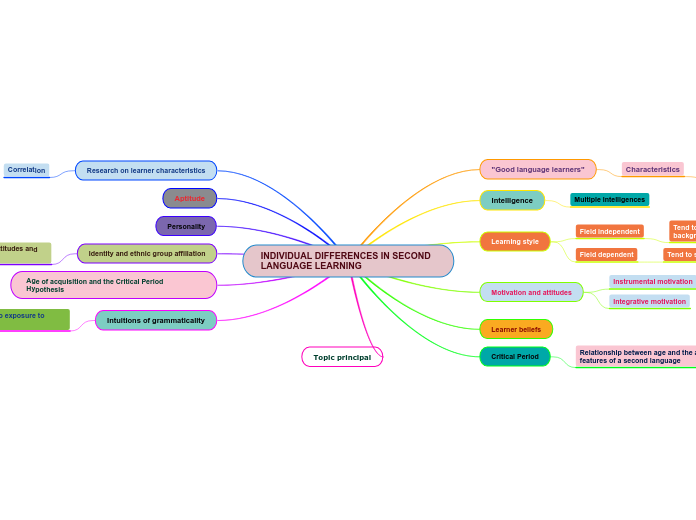da Kelley Bradley mancano 6 anni
248
LEARNING CONCEPT MAP
The human brain comprises three interconnected regions: the neomammalian, paleomammalian, and reptilian brains, collectively functioning to process emotions and enhance learning. Emotions play a crucial role in directing attention, which in turn drives learning, problem-solving, and memory.









